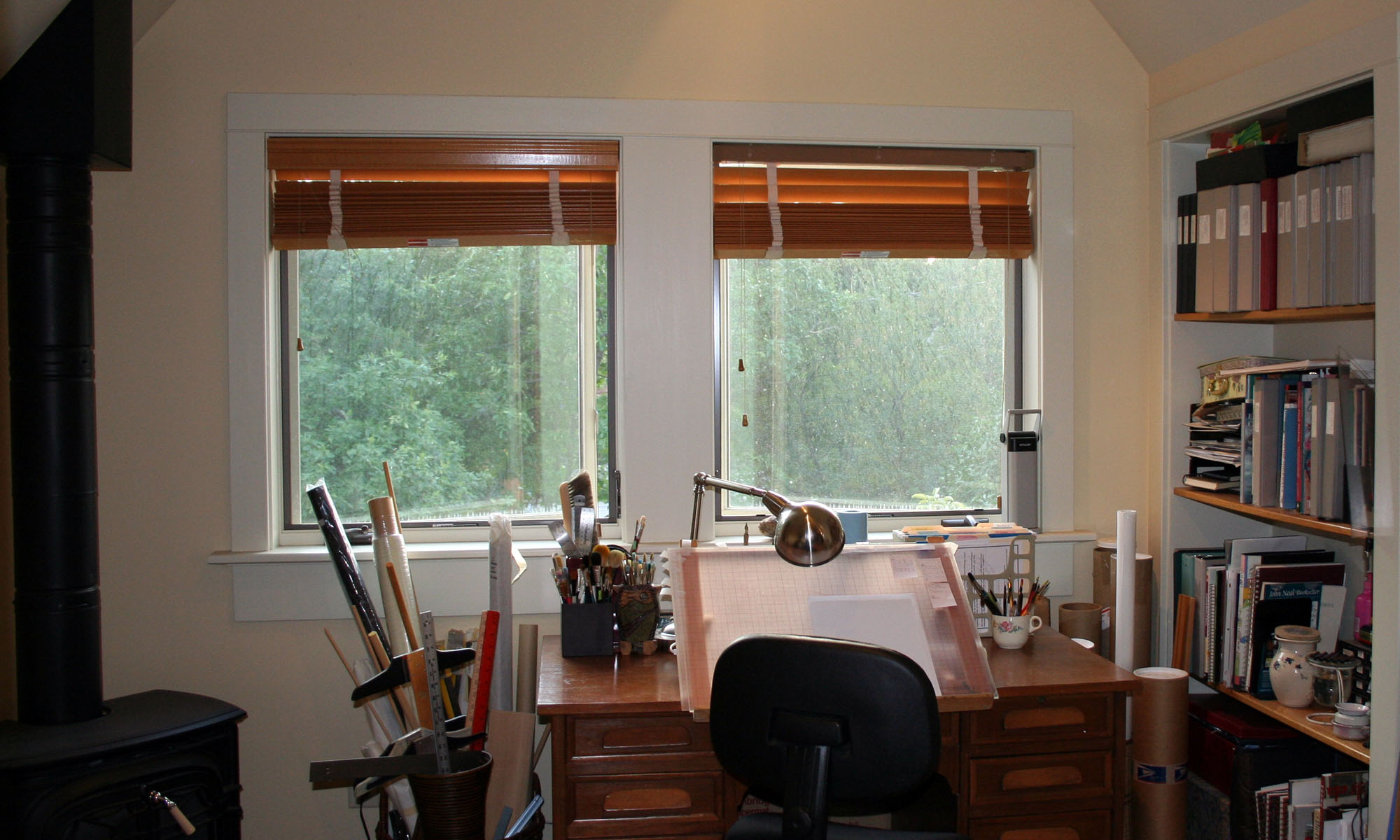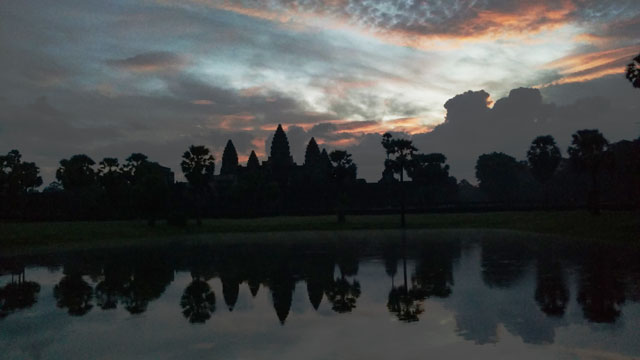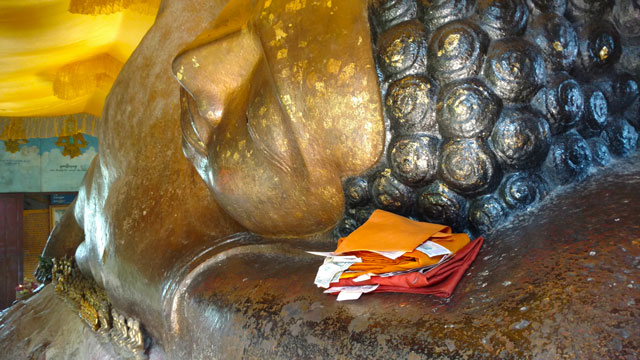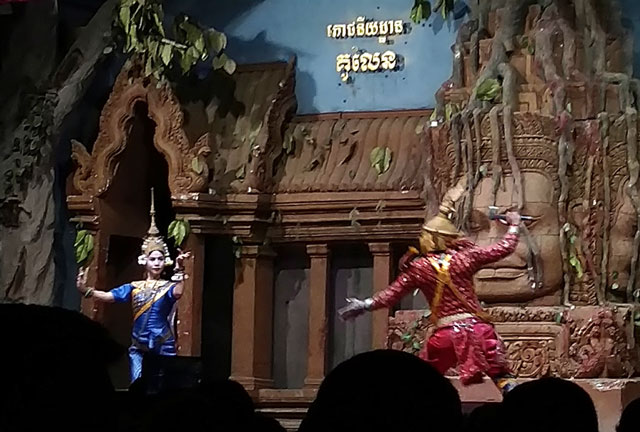At the end of our one-day tour of Bangkok, we took a flight to Siem Reap, Cambodia. The next three days were one wat after another. We learned a lot about architecture of the Khmer Empire that flourished from the 8th to 15th century.
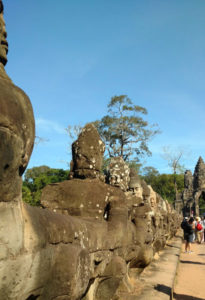
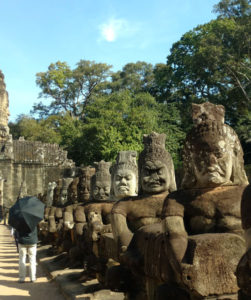
In Khmer architecture, the science and religion of water were closely inter-twined. On the one hand, the size and proportion of the surrounding artificial waterways played a scientific role in the durability of these temples (called “wats”). On the other hand, the theology described the bridges over these waterways as bridges from the secular universe to the sacred temple residing in heaven. Sacred geometry comes into play, with the spatial dimensions paralleling the proportions of the four ages (yuga) of the Hindu canon. The bridge is flanked by rows of gods on the left and demons on the right. You can just see one of the five entry towers at the end of the bridge.
One day went to Kulen Mountain and climbed the steps to see the reclining Buddha and have our fortune told by a monk who consulted the Life of Buddha for our readings. Phnom Kulen has been a candidate to be a UNESCO World Heritage site since 1992. I was interested to read recent controversy about that.
That evening we went to a dinner show of Cambodian traditional dance. The light was low, but here’s a taste of what it was like:
More next time.
